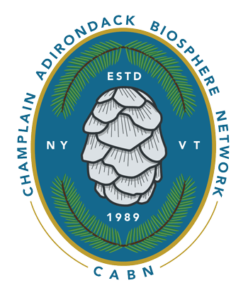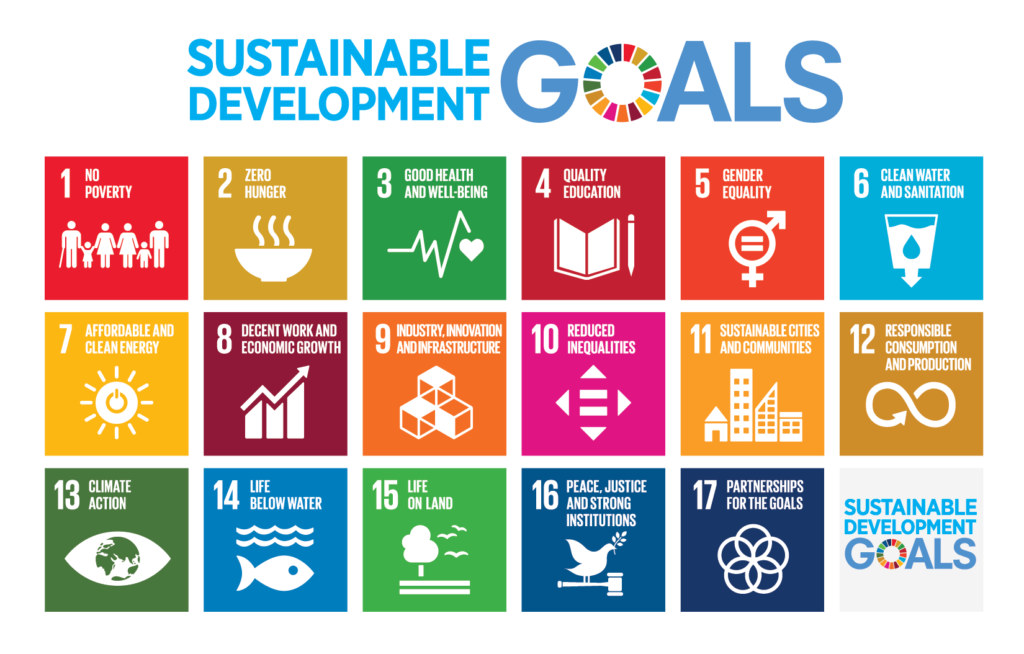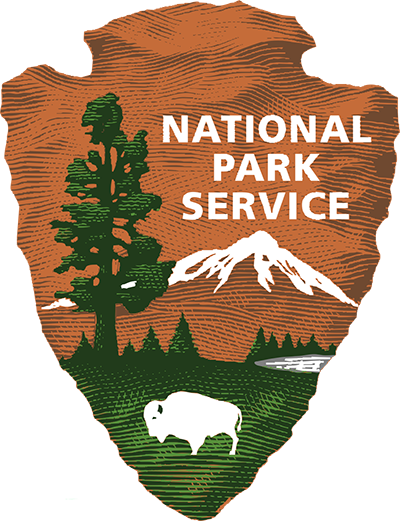Champlain-Adirondack Biosphere Network

The Champlain-Adirondack Biosphere Network is an internationally recognized network that connects people and organizations working to build harmonious relationships between people and the environment. CABN includes the Lake Champlain watershed and the adjoining Green Mountain National Forest and Adirondack Park—an extensive area of wild forests, lakes, rivers, and wetlands. Learn more about the projects, programs, and people celebrating the Biosphere in Your Backyard in 2024 here.

CABN’s landscapes are within a day’s drive of the most densely populated areas of North America. The region is ideal for testing interdisciplinary approaches to understanding and managing changes and interactions between social and ecological systems. With the designation as a Man and Biosphere Reserve in 1989, the region was recognized as fertile ground for exploring these relationships.
Connected, A Journey Through the Champlain Adirondack Biosphere is a film that celebrates partners working thttps://vimeo.com/582630910o build a more sustainable future for communities across the Champlain Basin and the Adirondack Mountains. The film was directed by Lia Nydes and produced in partnership with the National Park Service and the Center for Environmental Filmmaking, American University.
UNESCO Man and Biosphere Reserve Program
The United Nations Educational Scientific Cultural Organization (UNESCO) Man and Biosphere Reserve Program (MAB) was established in 1971. Since its launch, MAB has promoted itself as “an intergovernmental programme that aims to establish a scientific basis for improvement of relations between people and their environments.” The mission of the United States Biosphere Network (USBN) is to foster national and international connections among biosphere regions, facilitate their sharing of best practices, and support their work toward achieving a harmonious relationship between people and the environment. From its unassuming beginnings, the World Network of Biosphere Reserves (WNBR) has grown to 748 sites in 134 countries, including 23 transboundary sites and 28 biosphere regions in the United States. The MAB works to achieve the United Nation’s 17 Sustainable Development Goals.
Champlain-Adirondack Biosphere NETWORK
The Champlain-Adirondack Biosphere Network (CABN) was nominated by the U.S. Department of State in 1986 and awarded biosphere reserve designation in 1989. CABN was geographically defined by the Lake Champlain watershed, the Green Mountain National Forest, and the boundaries of the Adirondack Park. CABN’s more than seven million acres include extensive coniferous and deciduous forests as well as large numbers of lakes and freshwater wetlands. CABN is one of the largest and the most populous MAB reserves in the U.S. and includes numerous small towns and villages within its working landscapes. The biosphere reserve and its outlying areas are inhabited by more than 300,000 people and are within a day’s drive of 60 million people living in the U.S. and Canada.
The CABN has the appropriate size to serve all functions of biosphere reserves defined by UNESCO’s strategic goals:
- Conserve biodiversity, restore and enhance ecosystem services and foster sustainable uses of natural resources;
- Contribute to building sustainable healthy and equitable societies, economies and thriving human settlements;
- Facilitate sustainability science and education for sustainable development; and,
- Support mitigation and adaptation to climate change and other aspects of global environmental change.

#Proudtoshare Youth Climate Summit
To celebrate the relaunch of UNESCO’s International Network of Mountain Biosphere Reserves and the International Year of Sustainable Mountain Development, in 2022 the Champlain-Adirondack Biosphere Network signed a Joint Declaration of Environmental Ethics for Mountain Sustainability with the UNESCO Tosco Emiliano Appennino Biosphere Reserve and Ledro Alps and Judicaria Biosphere Reserve in Italy. Together, we pledge to improve the understanding and protection of critically important mountain ecosystems and the distinct and valuable livelihoods of mountain communities. We recognize the essential role that mountain Biosphere Reserves play in piloting and implementing sustainable development strategies to improve human connection to nature and thereby safeguard our biophysical and cultural heritage, which is imperative to planetary survival and health.
In May 2022, 14 interdisciplinary students from Paul Smith’s College and three steering committee members from the Champlain-Adirondack Biosphere Network will travel to Italy for the inaugural project of the joint declaration. Students will share the model for The Wild Center’s Youth Climate Summit with the two biosphere reserves in Italy to promote and empower youth climate action in local schools and communities. The project will be featured as part of the Ledro Alps and Judicaria Biosphere Reserve’s #proudtoshare Biosphere Reserve Week and serves as an example of international knowledge sharing and youth climate action in the World Network of Biosphere Reserves.
Youth Climate Summit Participant Bios
Joint Declaration on Environmental Ethics
CABN Partners
CABN was established to develop partnerships among individuals, organizations and communities to carry out the strategic goals of the biosphere reserve.
CABN Steering Committee and Member Organizations →
CABN Education and Outreach Case Study →
2024 Champlain-Adirondack Biosphere Projects Funded by CVNHP →

